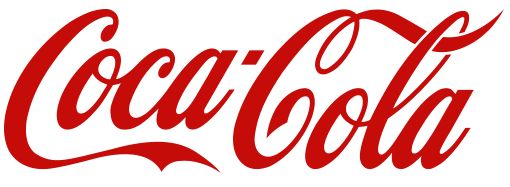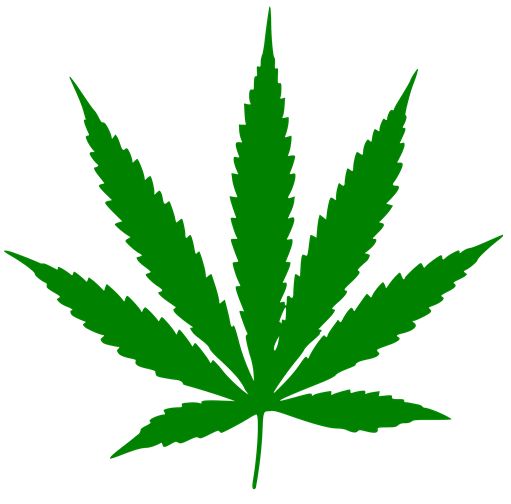- within Privacy, Family and Matrimonial and Tax topic(s)
- with readers working within the Accounting & Consultancy industries
Eight Things Every Entrepreneur Needs to Know About Creating and Protecting Brand Identity
First in a series.Every entrepreneur knows the importance of establishing a strong
brand for a new business or product line.
"Brand" is a somewhat nebulous concept. It's been
defined as the complete set of mental and emotional associations
that consumers have with you and your products: not just
who you are and what you sell, but what they think and how they
feel about who you are and what you sell.
"Brand identity," in turn, is the visual and verbal
expression of a brand communicated by names, slogans, logos, and
the like. It's what triggers those mental and emotional
associations.
Here's an example. What comes to mind when you see this
symbol?

Cars, of course. Specifically, Mercedes Benzes. But other things
probably come to mind as well, such as: Quality. Performance.
Engineering. Luxury. When everything is working as it should,
people don't want to just own the product, they also want to
take on the brand identity. They don't just want the car, they
want the logo on the hood – along with everything the logo
symbolizes.
So here's the first thing every entrepreneur needs to know:
Trademarks are the primary means by which we harness the
power, and capture the value, of brand identity. Names,
slogans, and logos that have been thoughtfully created capture
brand identity more effectively than those that haven't. And
those that are properly protected and enforced are capable of
guarding against "brand identity theft" more effectively
than those that aren't.
The dollars-and-cents value of trademarks can be
enormous. Consider this: start with the market value of a
successful company – the amount that a buyer would be willing
to pay for it. Now subtract the value of the tangible assets:
product inventory, machinery, buildings, everything down to the
desks, computers, and paper clips. What's left is the value of
the company's intangible assets: know-how, reputation, good
will in the marketplace. Much of that intangible value can
only be captured, for practical purposes, by
trademarks.
The economic value of those intangible assets can be significant.
If you can buy a soft drink company that comes with good recipes,
modern manufacturing facilities, and efficient distribution
channels, that's good. Even better is to buy one that also
comes with this trademark:

The economic value of trademarks is especially important
when the time comes to sell, expand, or franchise a
business. Trademarks are the vehicles by which the
intangible values of brand identity are priced, transferred, or
otherwise exploited.
I tell clients that my goals in helping them build a brand
identity, and a trademark portfolio, are the same as their
marketing department's goals:
- First, to select names, slogans, and symbols that stand out in consumers' minds as belonging to us – and only to us.
- Second, to establish and protect those marks so that they consistently convey our brand identity – and nobody else's – wherever we're doing business.
- Third, to do it all in a way that is cost-effective and that adds value to the enterprise.
There are a handful of key principles that make all this happen.
The first is simply grasping the importance of brand
identity, and recognizing the crucial role that trademarks play in
creating and sustaining it. We'll talk about others in
future editions of Brandmarking.
What Happens When Brandmarking Goes to Pot?
Much of the art of trademark practice lies in crafting the
"description of goods and services" that must be included
in every application for federal registration. The
description of goods and services is crucial because it defines the
scope of protection afforded to the mark.
The primary objective, of course, is to write a description that is
broad enough to ensure that the mark gets all the protection to
which it is legitimately entitled.
At the same time, a frequent secondary objective is to write a
description that is narrow enough to navigate around existing
registrations for similar trademarks that might otherwise pose
obstacles to registration. Resolving the tension between these two
objectives is part of what trademark lawyers do all day.
Sometimes there are other hazards to be navigated.
Consider the interesting case of legalized marijuana.

Twenty-three states and the District of Columbia currently have
laws legalizing marijuana in some form. Most of these pertain to
the sale of marijuana for medical use, requiring a doctor's
prescription. Four states (and the District of Columbia) have gone
further and legalized the sale of marijuana for
"recreational" use.
Either way, there is a large and growing number of businesses in
the lucrative, and highly competitive, marijuana market.
These businesses naturally want to develop brand
identities, attract and retain market share, and ward off
unscrupulous competitors. So they seek to register their names as
trademarks. Several of them have been surprised to
discover that they cannot do so.
Why not? Because state laws to the contrary notwithstanding,
federal law – specifically, the Controlled Substances Act
– proscribes the sale of various drugs, expressly including
marijuana. And because the Trademark Office is in the business of
dispensing a federal benefit, it looks to federal law to determine
what is legal. Trademark applications that describe the
goods simply as "marijuana" or "cannabis" are
routinely rejected on this basis.
So are sellers of legal (under state law) marijuana simply out of
luck when it comes to obtaining federal trademark protection? Not
necessarily.
Most businesses that sell marijuana probably don't just sell
marijuana. They also provide (or could provide) goods and services
that are clearly tied to marijuana use but are not illegal.
Prospective customers would have little trouble connecting the
dots. By registering their trademark for these
"connected" goods and services, legitimate marijuana
dealers can obtain at least a measure of protection for their
brandmarks.
Here are several actual goods/services descriptions for
marijuana-related businesses that have been accepted by the
Trademark Office:
- "Providing consumer information in the field of medical or therapeutic marijuana."
- "Providing an Internet website portal featuring current events information, news and commentary in the fields of cannabis, medical marijuana, hemp, and industrial hemp."
- "Providing a searchable online advertising website and informational guide featuring the goods and services of other vendors via the internet in the field of marijuana." (This from a registration for the mark MARIJUANA FOR SALE, which leaves little to the imagination.)
- "Tetrahydrocannabinol vaporizors for legal use with medical marijuana."
- "Retail sale of books about marijuana, caps, t-shirts, bumper stickers; posters; printed paper signs."
Registering your trademark solely for ancillary products or services is undoubtedly less than ideal. But it's better than nothing. It just goes to show that in brandmarking, as in so many other areas, where there's a will – and a little creativity – there's a way.
The content of this article is intended to provide a general guide to the subject matter. Specialist advice should be sought about your specific circumstances.

